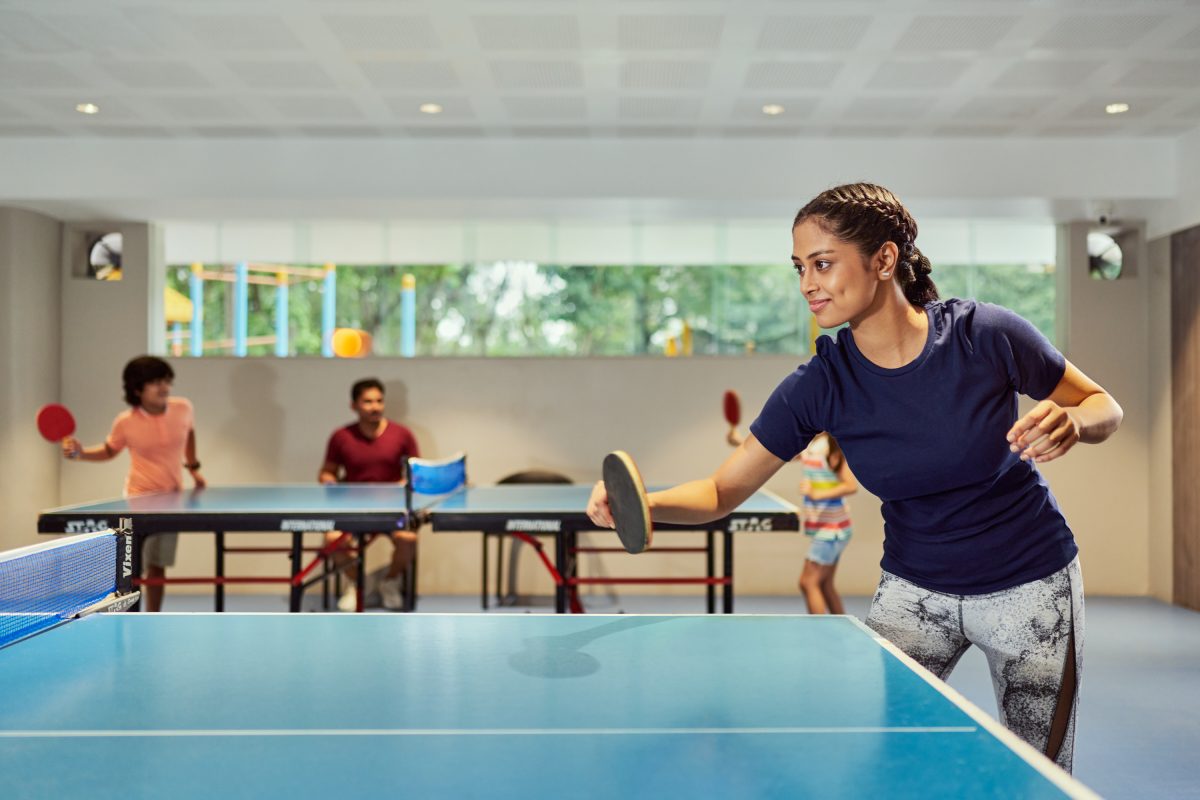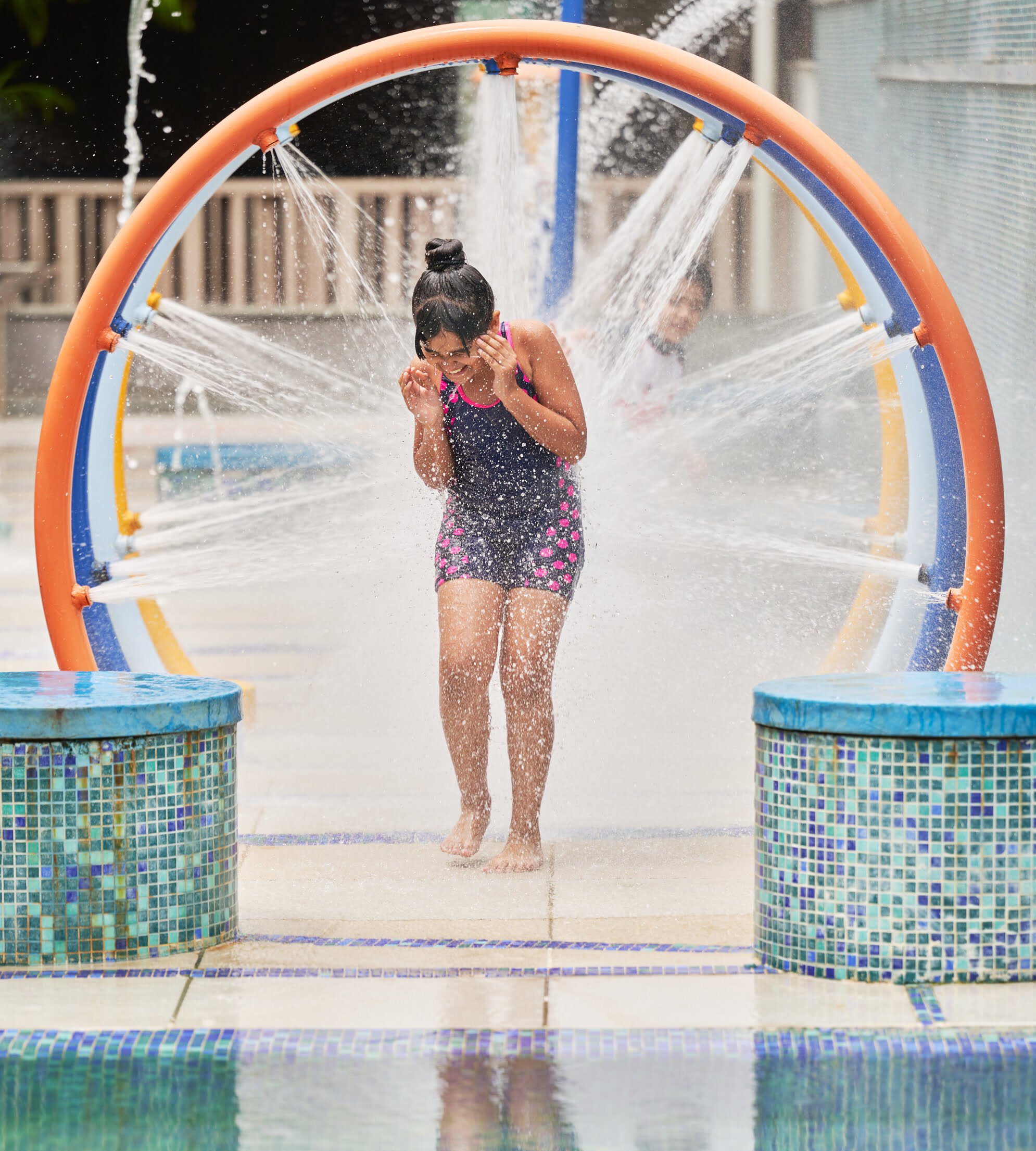Table Tennis, often known as the fastest game in the world, can be both exciting and challenging. Whether you are learning Table Tennis professionally or just playing with friends, it’s common to make errors while playing. These errors can be a valuable part of the learning process if you recognize them and start working on them. It is not just about winning matches but also about elevating your skills and becoming a better player. By recognizing and addressing these errors, you can have more fun, enjoy successful rallies, and perform well in your matches. In this blog, we will explore some common errors players often make in the game and further, we will discuss how to fix them.
Holding the paddle in an incorrect manner-
One of the most common mistakes players make while playing Table Tennis is holding the paddle incorrectly. How you hold the paddle affects your control, power, and accuracy when hitting the ball. The first thing that players should keep in mind is to hold the paddle appropriately. The correct grip allows for better control and flexibility while playing. It makes you able to generate spin and power more effectively. There are two common grips – The Shakehand Grip and The Penhold Grip. Practice these grips until it feels natural. Remember fixing this mistake is like setting a strong foundation for your game.
Footwork and Positioning-
Another common mistake players make in Table Tennis is not having proper footwork and positioning during play. Many players don’t move well or stand in the right place, which makes it challenging to reach the ball and respond effectively. This mistake can lead to missed shots and difficulties in controlling the game. To fix this mistake, focus on your footwork and positioning. Be ready to move at all times. Take small and quick steps to adjust your position and reach the ball. Stand near the centre of the table. This lets you cover a wider range and respond to shots more effectively. After each shot, return to your ready position quickly. This makes sure you are always prepared for the next shot.
Lack of spin control-
In Table Tennis, the most common mistake is struggling with spin control. Spin is a powerful aspect of the game, and not being able to control it effectively can lead to errors in receiving and returning the ball. Whether it be a topspin, backspin, or sidespin, mastering spin control is essential for tactical advantages. To avoid this mistake, practice different spin techniques. Keep your table tennis racket angle steady when you hit the ball. Include different types of spins in your practice sessions. Practice maintaining the same angle to gain better control. Always remember, that practice and patience are key to mastering spin control.
Being very aggressive while playing-
While playing Table Tennis players can get too aggressive. It is like trying to hit the ball super hard all the time. Being too aggressive can lead to making mistakes, such as hitting the ball out of bounds or into the net. To avoid this mistake, think before you hit the ball. Work on hitting the ball hard when it makes sense. Don’t always use the same super-strong shots, mix up some slower and more controlled shots. Practice how to defend well, aim well, and stay calm.
Poor ball placement-
Another common error made by players while playing is not able to place the ball in the right place. Many players focus on hitting the table tennis ball but forget about where it goes. Bad ball placement can make it easier for your opponent to return the ball. To avoid this, during your practice work on accuracy. Focus on hitting the ball where you intend to. Experiment with different angles. Don’t always hit the same spot, mix it up. Make use of the forehand and backhand sides, corners, and middle of the table.
Not watching the opponent’s action-
The most neglected and underrated mistake players always make is not paying enough attention to what your opponent is doing on the other side of the table. When you are too focused on your own shots, you might miss crucial signs from your opponent, like the direction of their shots, the spin they are applying, or their overall playing technique. This can lead you to a disadvantage in the game. To avoid this mistake, make a habit of observing your opponent. This can give you a brief idea of how your opponent is playing and what techniques you should apply. Play with different opponents having different playing styles. This will give you a competitive edge and help you to respond more effectively to your opponent’s moves.
Lack of concentration-
Lack of concentration while playing the game can turn out to be a game-changer for your opponent. Losing focus can lead to missed shots, slow response, and overall poor performance during match time. It is important to stay more attentive throughout the game. To work on this error, start doing a mental warmup before the match starts. Focus on the current shot, don’t think about past mistakes. Practice breathing techniques to improve concentration. Improved mental presence on the table tennis court will help you to react fast. Always remember staying in the game mentally is as important as your physical skills.
Ignoring fitness-
Many players underestimate the importance of physical fitness. Lack of fitness can lead to tiredness, slow movements, and decreased performance in the game. Better fitness will help you play better and prevent injuries. To avoid this, engage in cardio exercises like running, cycling, or swimming. Develop your muscle strength. Do stretches to make your body flexible. Being flexible makes you move quickly and reach far shots. Eat a balanced diet and make sure you sleep well to give your body time to recover
In our blog, we touched upon some common mistakes Table Tennis players often make and also discussed how to work on them. Now it is upon you to recognize your mistakes and work on them because whether you are just starting your journey in table tennis or you have been playing the game for a long time, understanding and fixing these mistakes is essential for improvement.
The Acres Club’s coaching approach is dedicated to focusing on helping players reduce these common mistakes. By focusing on fundamentals, mental toughness, spin control, and footwork training, The Acres Club is committed to help players develop well-rounded and error-free games. The Coaches at the Acres Club are dedicated to guiding players to become skilled players as well as guiding them on how to minimise these mistakes during the match.
Join our Table Tennis Coaching and grab the opportunity to become a well-rounded and error-free player.
Follow The Acres Club on Facebook and Instagram. Do not forget to subscribe to our YouTube channel and stay tuned for such exciting blogs.
Read our next blog 5 Winter Swimming Myths That Chill Freeze Your Aquatic Learning in Winter where we have burst some myths about winter swimming.


